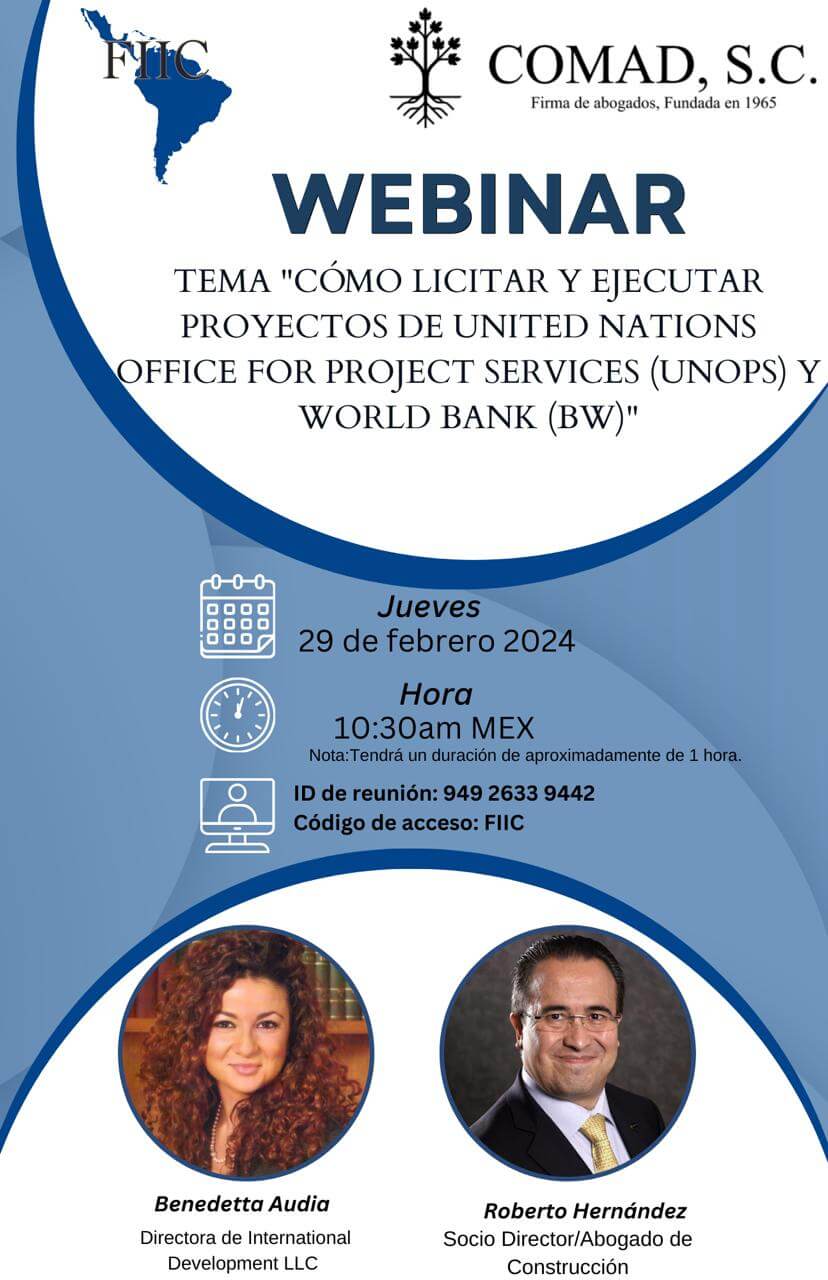The Global Project Assessment Method: A new tool to bridge the gap between Cost-Benefit Analysis (CBA) and budgetary decisions
The infrastructure’s* benefits are undeniable: job creation, economic growth, territorial attractivity and competitiveness… Investing in it is essential to meet today’s and tomorrow’s needs. Unfortunately, investments are far below what it is needed and are decreasing. One of the reasons could be the difficult assessment of their medium and long-term budgetary impacts.
Jeanne Amar, Lecturer at the University of Côte d’Azur and Vincent Piron, economy and transport Specialist, propose a methodology for evaluating the medium-to-long-term fiscal return generated by the various infrastructure categories: the Global Project Assessment Method (GLOPRAM)
This methodology covers both the construction of new infrastructures and the maintenance/rehabilitation of existing ones. It provides a more detailed assessment of the sustainability of the public debt incurred for the construction of infrastructure.
The GLOPRAM is a tool that facilitates the decision-making for public and private investment choices. This method is a neutral indication of the social, environmental, and economic expenditures and returns an infrastructure will generate over time. It computes costs and benefits estimates and forecasts the payback period. The GLOPRAM is an instrument that helps prioritize the different infrastructure projects and contractual procedures according to their budgetary sustainability.
Opinions and observations on this methodology and its application are welcomed at cica@cica.net!
You can also check the GLOPRAM’s website: glopram.com
Download related content:
University paper GREDEG/University of Nice: The Global Project Assessment Method: A new tool to bridge the gap between Cost-Benefit Analysis and budgetary decisions
*roads, airports, telecommunications, swimming pools, schools, hospitals etc.



